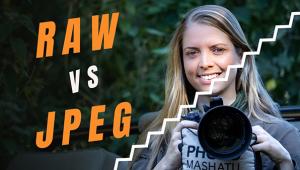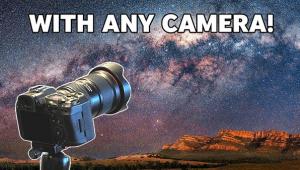Points of the utmost importance, thank you, dear for the clarification العاب براعم
The Photography Of Orest Macina: Seeing The Magic In Macro
Orest Macina says he is “a self-taught photographer interested in painting with light to capture the beauty all around us in vivid colors.” He holds a Ph.D. in Theoretical Computational Chemistry, and has worked in the pharmaceutical field. He first became interested in photography in high school, though his interest lagged through college, graduate school, career, and marriage.

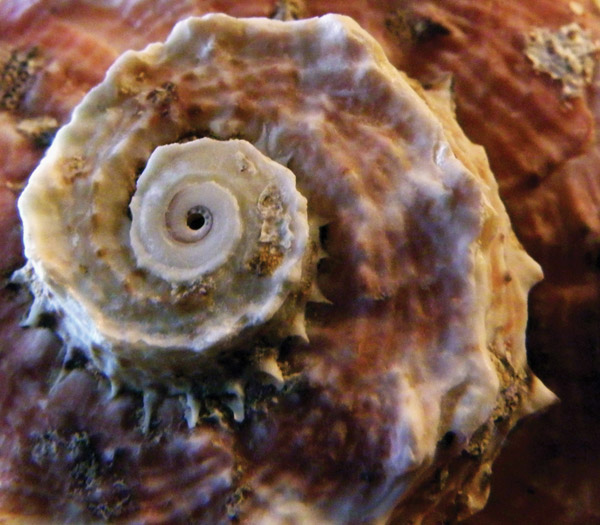
In 2008 his interest in photography reignited when he began taking pictures of small jewelry made by his wife Amy to help promote her business. “With the availability of the Internet,” he says, “I studied a multitude of photography websites to educate myself beyond being just an occasional weekend shooter.”
Orest works with two cameras: an Olympus SP-565UZ with a 4.6-92mm f/2.8-4.5 lens and an Olympus FE-370 “point-and-shoot” compact that he carries everywhere. He chose the cameras because each focuses down to an inch, perfect for his close-up work. He works with Adobe’s Photoshop Elements, which he says is very useful, although he does a minimum of post-processing.
Orest began in earnest to photograph his wife’s jewelry and learned a lot through trial and error. He says, “I also learned to see details within the world around me, and the beauty within everyday things. I became more sensitive to forms, patterns, shades, colors, and textures that I might have otherwise ignored. Spending more time in photography, I was hooked on the creative process, and was encouraged by positive comments about my growing collection of images. I established a website through RedBubble to showcase my work.”
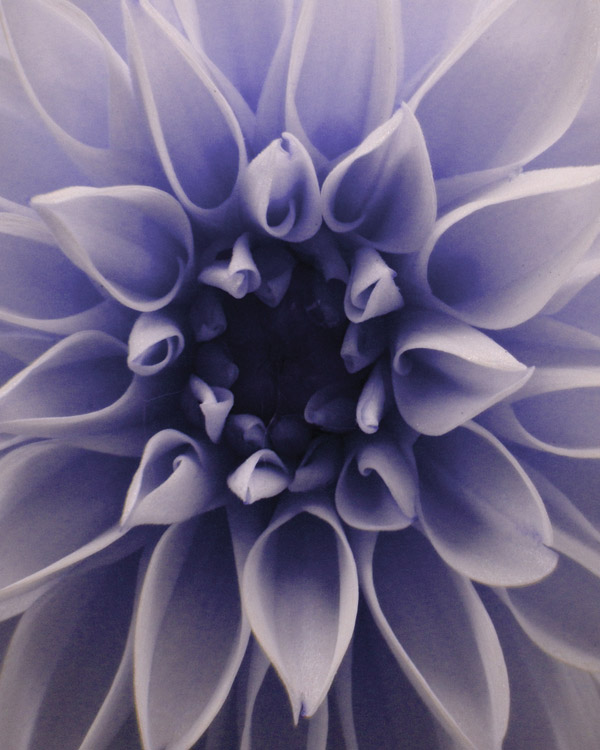
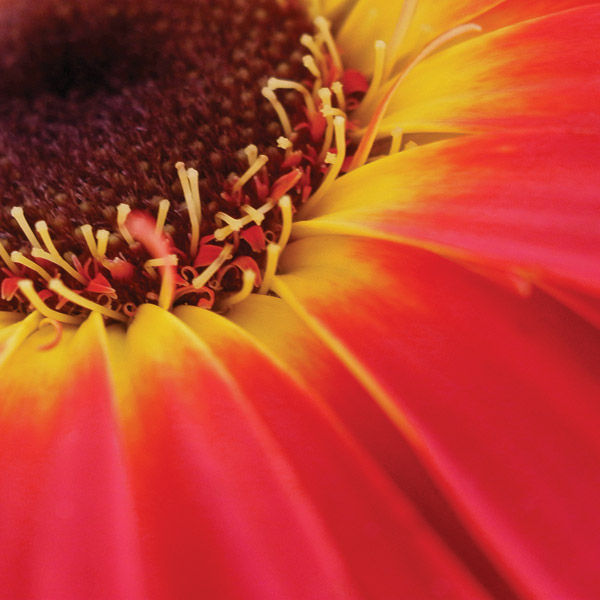
From his jewelry experience Orest segued to shooting a series of small subjects. He told me, “I have always been attracted to the abstract. Though I had no formal art education I was aware of artists like Jackson Pollock and Aaron Siskind who practiced in the abstract mode. To create various imagery with a camera I searched for subjects with abstract properties related to color, forms, lines, and structure. I quickly began to appreciate abstract forms in nature. Though I love to photograph a variety of subjects, I now search for abstract opportunities offered by rocks, stones, flowers, and seashells.”
The largest collection of abstract photographs on his website is called “Rockscapes.” He explains, “These are macro-mode exposures of the surfaces of boulders, garden rocks, and polished natural stones with intriguing colors and patterns. I find them in my Cleveland, Ohio, vicinity and I also buy polished natural stones. I use available light outdoors on large stones, usually hand holding the camera in bright daylight at fast shutter speeds.
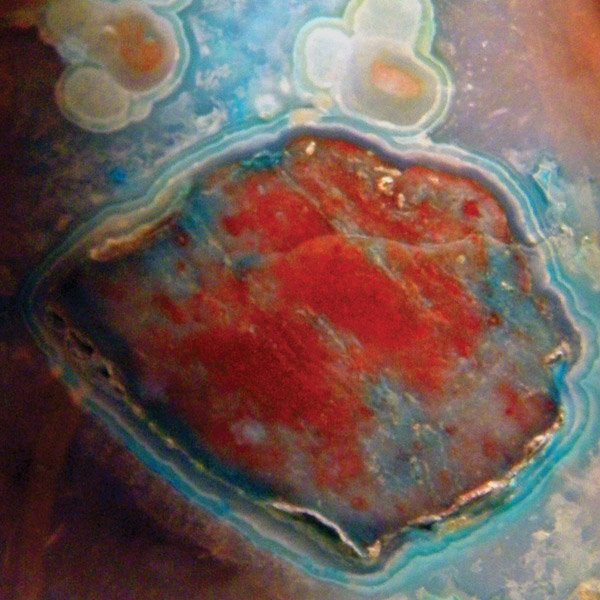

“Smaller rocks and stones are brought to my very simple studio, using a table next to a large window. I add incandescent light when needed. I don’t use a tent. I mount the camera on a tabletop tripod and elevate subjects on small boxes; if necessary, I use silly putty to steady my miniature subjects.
“I started a ‘Shellscape’ collection to explore the lines and forms that marine creatures create. These are abstract in the sense that they are random and intricate shapes. I’ve collected or purchased these shells over the years. Shells are photographed with the same simple arrangement described earlier.”
Orest also photographs “Florals,” which he says are not abstract, but as a macro explorer he enjoys depicting the myriad colors and shapes of flowers, shot mainly outdoors. Indoor flower arrangements are those found originally on his family’s holiday table.
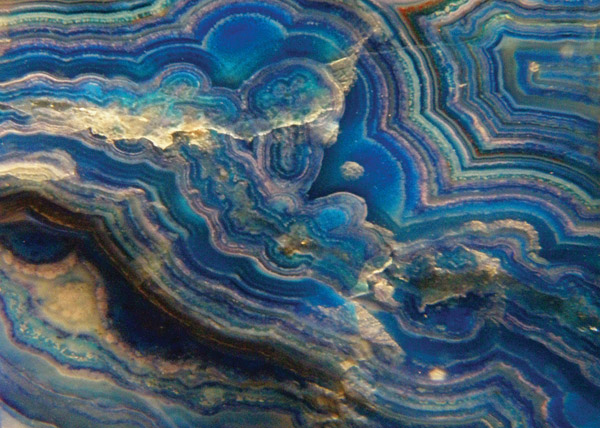
“Petalscapes” are extreme close-ups of fine details that explore the abstract within flowers, and show the abundance of petal forms, colors, and textures. “Woodscapes” are experiments in abstract patterns in cut wood. This category originated as a result of building an addition on his house.
Orest takes about 20 exposures of a subject with moderate aperture and shutter speed changes to vary depth of field. He selects about 10 to set aside for later judgment, then narrows those down to three or four. These are given minimum processing in Adobe’sPhotoshop Elements.
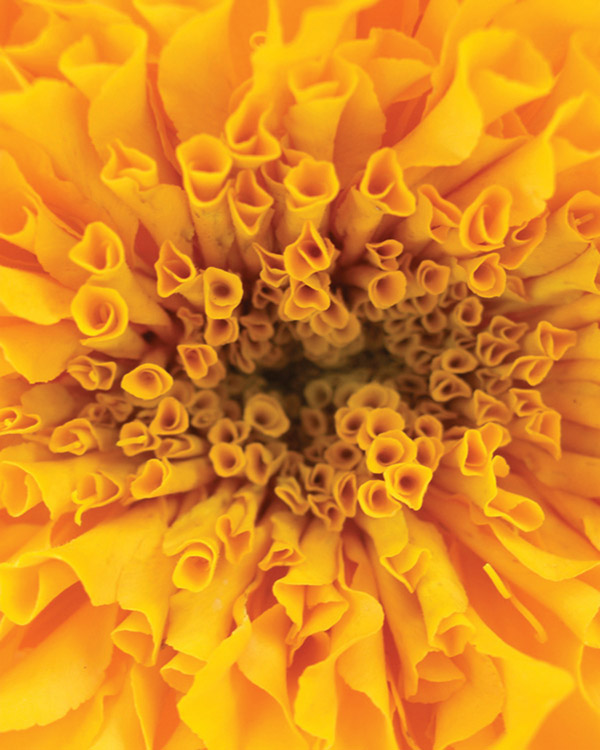
Orest works wonders with a minimum of equipment and an understanding of close-up techniques on a variety of subjects. He has begun gallery exhibits of his work, most recently as part of a juried group show at New York’s Soho Gallery Small Works Exhibition.
To see more of Orest Macina’s amazing collection of images, visit his website at: www.redbubble.com/people/omacina. You can also contact him via e-mail at: omacina@msn.com.
- Log in or register to post comments








